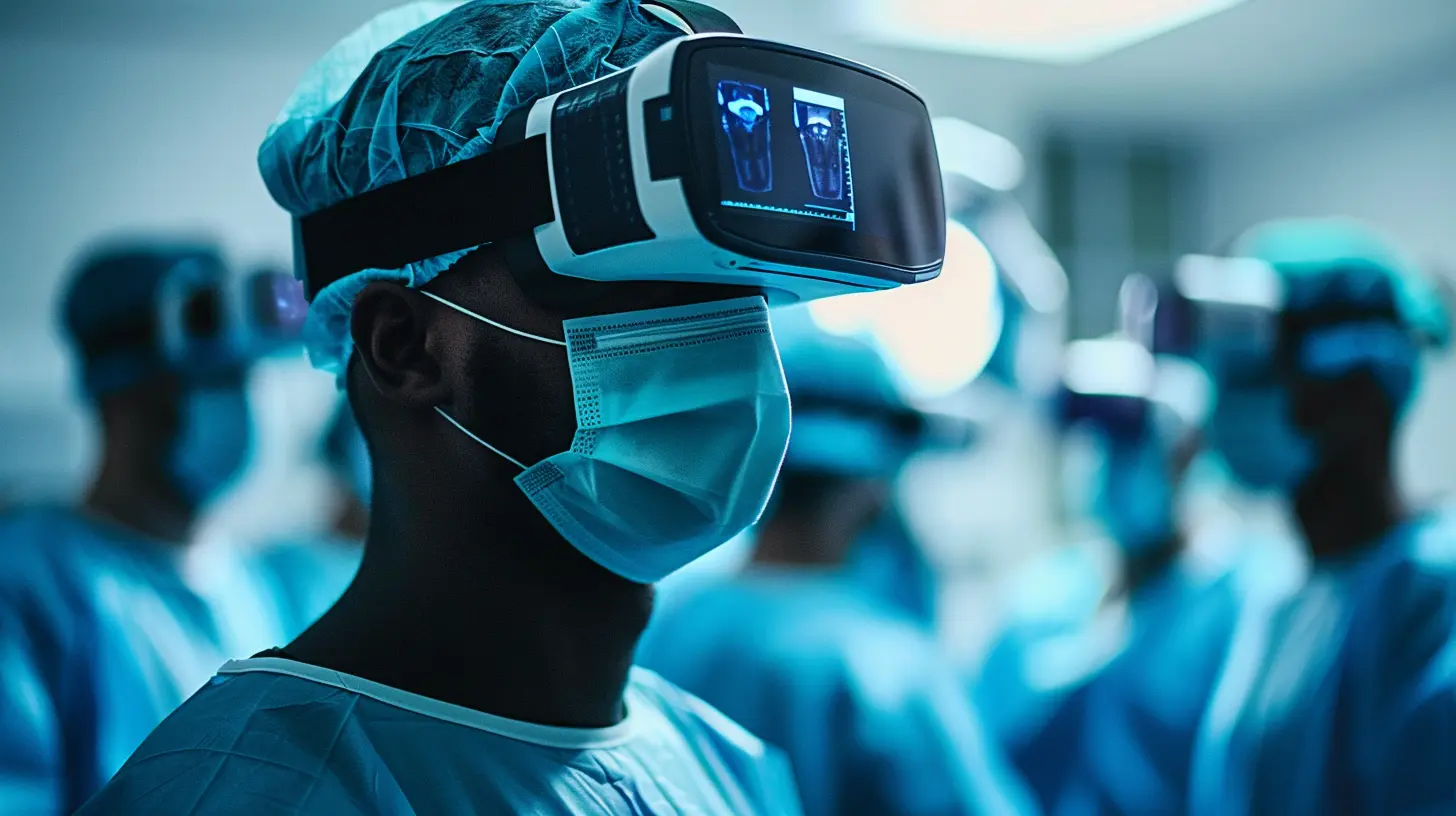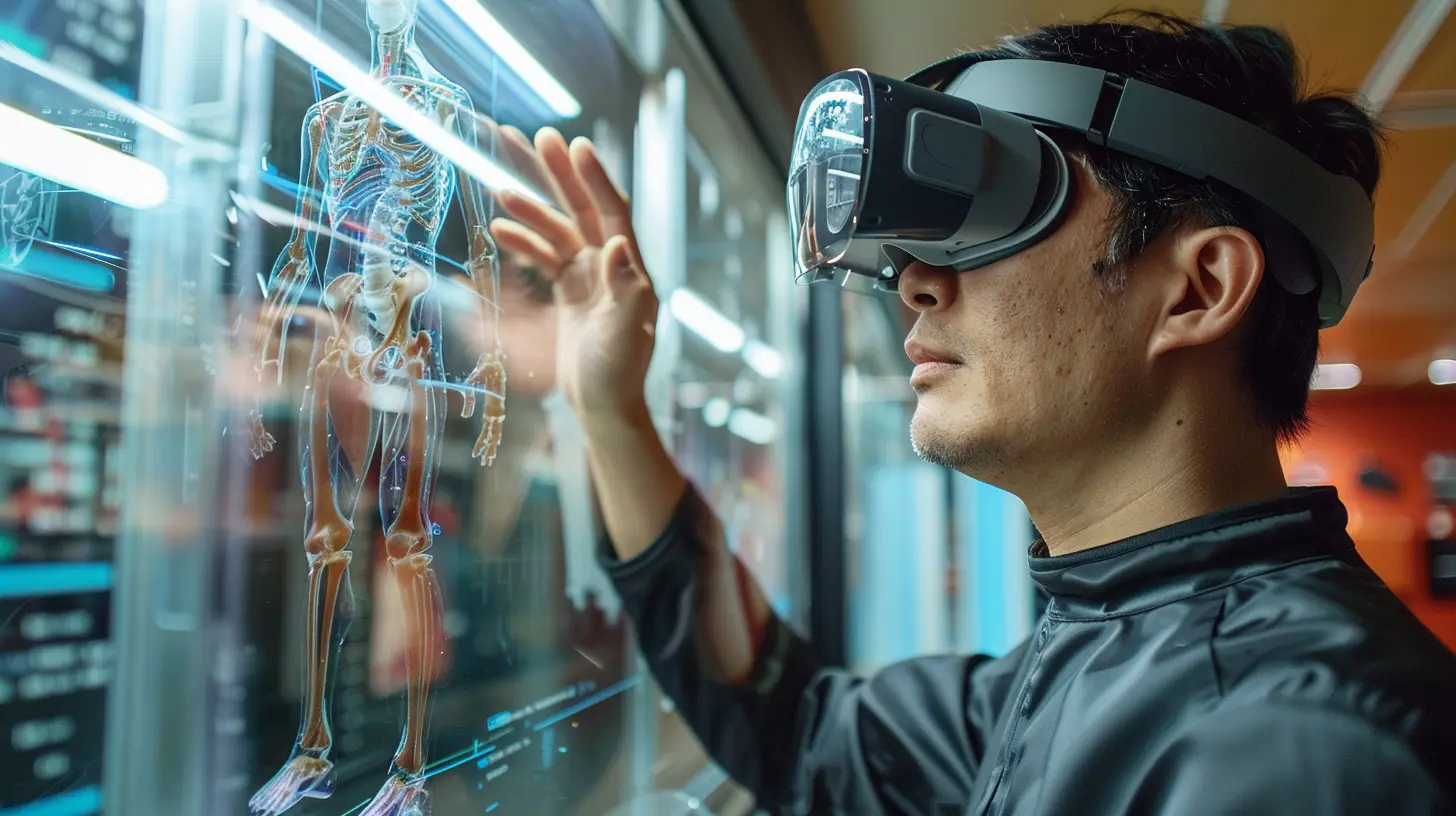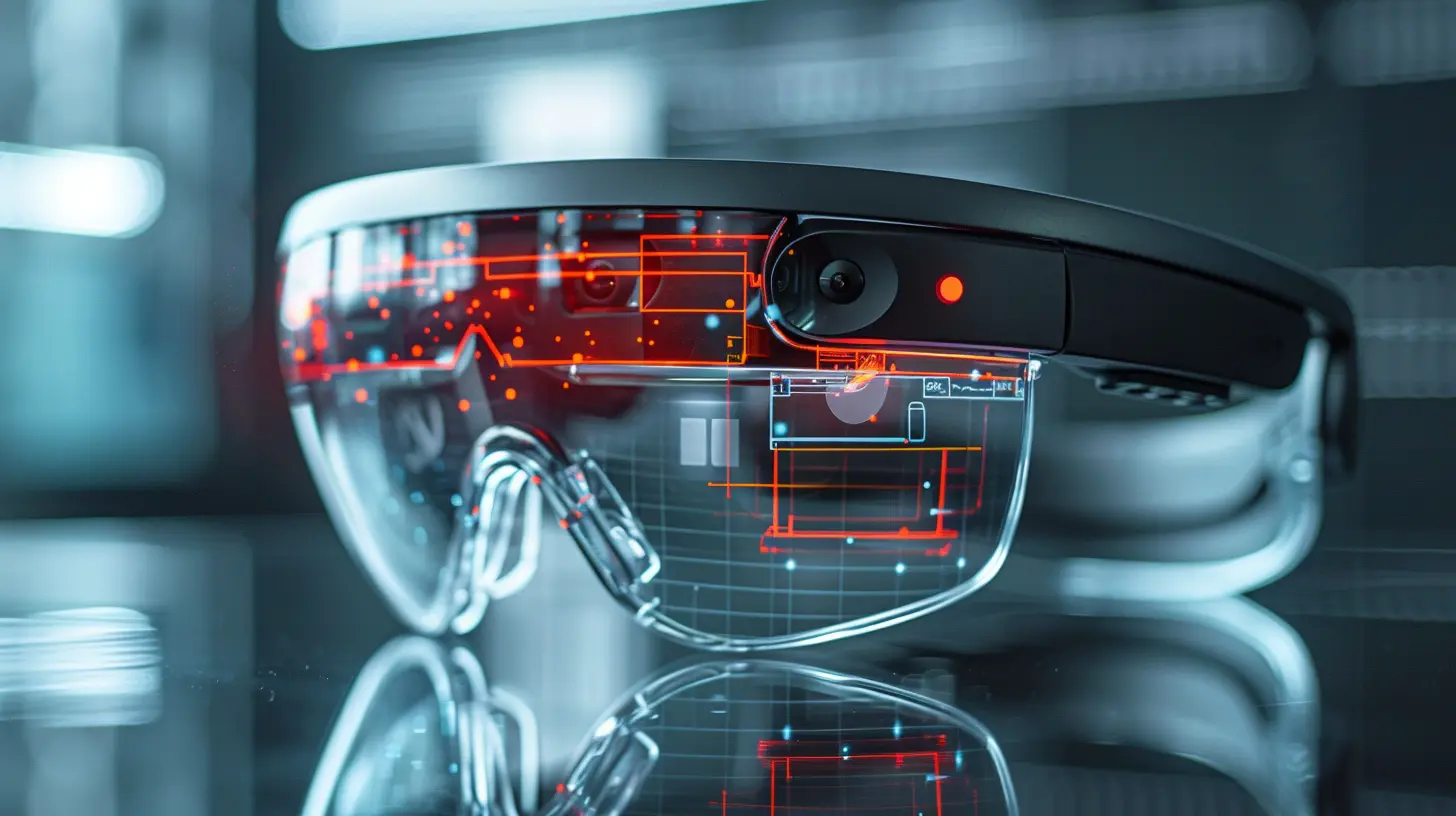Augmented Reality in Healthcare: A New Era of Diagnosis and Treatment
19 August 2025
Imagine slipping on a pair of smart glasses and suddenly being able to see critical patient data floating before your eyes while operating. Sounds like something out of a sci-fi movie? Well, welcome to the very real—and very exciting—world of augmented reality (AR) in healthcare.
Augmented reality is no longer just for gamers or high-tech enthusiasts. It’s making a massive impact in one of the most important fields—healthcare. From improving diagnostics to enhancing surgical precision, AR is changing the way medical professionals interact with patients, data, and treatments. It's almost like giving doctors a superpower.
In this article, we’re diving deep into how AR is revolutionizing the healthcare industry and ushering in a whole new era of diagnosis and treatment. So buckle up—because the future is happening right now.
What Is Augmented Reality, Anyway?
Let’s start with the basics. Augmented Reality (AR) involves overlaying digital information—like images, data, or graphics—onto the real world using devices like smartphones, tablets, or AR glasses. Unlike virtual reality, which creates an entirely artificial environment, AR enhances the real world, adding layers of smart context.Think of it like Google Maps directions—but instead of looking at a flat map, you see arrows guiding you in real-time as you walk. Now, imagine that same experience, but in an operating room or medical classroom. Wild, right?
Why Healthcare Needs AR More Than Ever
Healthcare is complex. The human body is intricate, diagnoses can be tricky, and treatments aren't one-size-fits-all. Here’s where AR steps in to simplify the complex:- Visualizing organs, muscles, and bones during surgeries
- Accessing patient data in real time
- Training medical students with 3D simulations
- Improving patient engagement and understanding
In short, AR makes healthcare smarter, faster, and more accurate. It's turning ordinary doctors into digital-age superheroes.
AR in Diagnosis: Seeing What Eyes Can’t See
Diagnosing a condition accurately and early can be the difference between life and death. And sometimes, traditional imaging methods like X-rays or MRIs aren’t enough.Supercharged Imaging
AR can enhance medical imaging by layering 3D visuals of organs, blood vessels, or tumors directly onto a patient’s body. This creates a sort of “X-ray vision” effect—allowing doctors to see inside the body without making a single incision.For example, in vascular surgery, AR can project a 3D model of a patient’s blood vessels onto their skin, guiding surgeons more accurately. It’s like using a GPS to find your way through a maze.
Real-Time Data, Real Big Impact
Gone are the days of flipping through reports while in the exam room. With AR headsets, doctors can now access real-time patient data—like vital signs, medical history, or lab results—right in their field of view. No need to break concentration or look away.This not only saves time (which is crucial in emergencies) but also enhances decision-making. You're literally seeing the full picture.
AR in Treatment: Precision Meets Innovation
Once a diagnosis is made, the next big challenge is treatment. And AR is here too, making everything from surgeries to rehab more efficient and effective.Augmented Surgery: Hands-Free Brilliance
One of the most game-changing uses of AR is in the operating room.Surgeons equipped with AR glasses can:
- Visualize internal organs in 3D
- Map out incisions before they’re made
- Monitor vitals without looking at separate screens
- Collaborate remotely with experts globally
This level of immersion and insight is transforming complex surgeries into safer, more precise procedures. It’s like giving the surgeon an extra pair of digital hands.
AR in Physical Therapy: Making Rehab Fun
Let’s face it—rehabilitation can be boring and repetitive. But AR is turning physical therapy into an interactive game.Patients can follow virtual avatars that guide them through exercises while tracking progress in real time. It’s motivational, engaging, and more likely to succeed. Who knew healing could be this high-tech and fun?
AR for Medical Training: Learning Without Limits
Remember those plastic anatomy models in biology class? Yeah, forget those.With AR, medical students can now study human anatomy in 3D—viewing organs from every angle, watching surgeries virtually, and even practicing procedures in safe, simulated environments.
It’s like stepping inside a human body without making a single cut. Learning becomes more visual, more interactive, and frankly, way more exciting.
Imagine being able to “walk through” a human heart or simulate an emergency surgery. That’s not just learning—it’s experiencing.
AR for Patient Engagement: Bridging the Understanding Gap
Ever had a doctor explain something and you nodded along, pretending you understood? Yeah, we've all been there.With AR, doctors can now visually explain conditions and procedures to patients. Imagine seeing a 3D model of your own knee, complete with the torn ligament, as the surgeon explains the upcoming operation.
This level of clarity reduces anxiety, builds trust, and helps patients make informed decisions. Because when you can see what's happening inside you, it’s much easier to understand and accept.
Challenges on the Road Ahead
Let’s be honest—no tech is perfect. While augmented reality offers massive potential, it’s not without hurdles.Cost of Implementation
AR devices and software can be expensive, especially for smaller clinics. But as tech advances and prices drop, we can expect wider adoption.Training and Adaptation
Doctors and nurses need training to use AR efficiently. It takes time to shift from traditional methods to high-tech tools.Data Privacy Concerns
With real-time data streaming across devices, patient privacy is a big deal. Ensuring secure channels and compliance with regulations is crucial.Real-World Examples of AR in Healthcare
Let’s look at a few groundbreaking examples:- AccuVein: A handheld AR device that helps nurses locate veins for injections by projecting a map of veins onto the skin.
- Microsoft HoloLens: Used in surgery and education, it allows for real-time visualization and hands-free interaction.
- Brainlab: Offers AR navigation tools for spinal and cranial operations, improving surgical accuracy.
These aren’t dreams—they're realities changing lives across the globe.
What’s Next? The Future of AR in Healthcare
So, what does the future hold?Imagine hospitals where:
- Surgeons get instant feedback during procedures
- Every patient receives a personalized 3D treatment plan
- Remote surgeries are guided by experts halfway across the world through AR
It’s not just a tech upgrade; it’s a paradigm shift. And we’re only scratching the surface.
As AI and AR continue to merge, we could see predictive models overlaid on real patients—telling doctors not just what’s happening now, but what could happen next. Talk about future-forward medicine!
Final Thoughts: A Brighter, Smarter Medical World
Augmented Reality is more than just a cool gadget; it's a game-changer for healthcare.By bridging the gap between the digital and physical worlds, it's making diagnosis more accurate, treatments more effective, and education more immersive. It empowers both doctors and patients, making healthcare more human, not less.
We’re standing at the edge of a new medical frontier. And with AR lighting the way, the future looks not just bright—but brilliantly augmented.
So, whether you’re a healthcare professional, a tech lover, or just someone who’s curious about the future, keep your eyes open—because AR is just getting started. And it’s set to change everything.
all images in this post were generated using AI tools
Category:
Augmented RealityAuthor:

Ugo Coleman
Discussion
rate this article
1 comments
Eli Harmon
In realms where sight and science blend, Augmented visions on healing’s mend. A tapestry of layers bright, Through tech’s embrace, we take flight. Diagnosis whispers, treatments bloom, In healthcare’s dance, a vibrant room.
August 24, 2025 at 11:18 AM

Ugo Coleman
Thank you for your poetic reflection! It beautifully captures the transformative potential of augmented reality in healthcare, highlighting its role in enhancing diagnosis and treatment.


